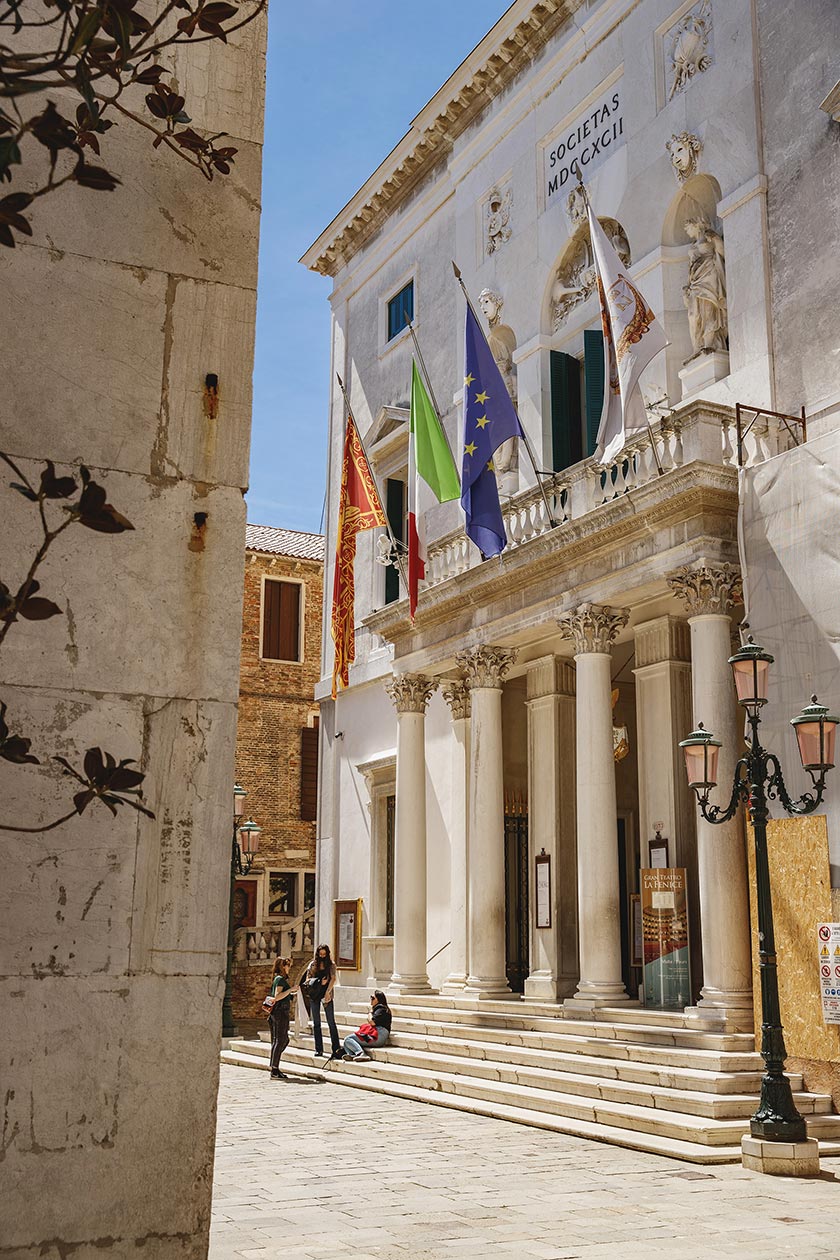Mysterious Venice: the Angel of the East
All our experiences are included in the ticket!
What to see in Venice in one day? Discover with us the secrets of the city with the Angel of the East walking tour: an audio guide will accompany you to discover the lesser-known Venice, moving east from St. Mark's Square. Along the way you will come across stones, engravings and reliefs that testify to events that have marked the history of the city.
From St.Mark's Square we will go together to Campo Sant'Angelo; with this tour you will be able to reach the heart of the city through streets and squares that are little known to tourists, learning anecdotes known only to Venetians and finding traces of a past that no longer exists today.
Let us guide you on this unusual Venice secret itinerary, created for Venetiana by Alberto Toso Fei: you will not be disappointed!
What to see in Venice in one day? Discover with us the secrets of the city with the Angel of the East walking tour: an audio guide will accompany you to discover the lesser-known Venice, moving east from St. Mark's Square. Along the way you will come across stones, engravings and reliefs that testify to events that have marked the history of the city.
From St.Mark's Square we will go together to Campo Sant'Angelo; with this tour you will be able to reach the heart of the city through streets and squares that are little known to tourists, learning anecdotes known only to Venetians and finding traces of a past that no longer exists today.
Let us guide you on this unusual Venice secret itinerary, created for Venetiana by Alberto Toso Fei: you will not be disappointed!
Suggested itinerary:
St. Mark's Square
Your Venice tour starts in St. Mark Square, a place that certainly needs no introduction! Marvel at one of the most famous and beautiful squares in the world, once known as "the living room of Europe" and center of political power of the Republic of Venice. Here all the main buildings of the city stand out, including the Basilica and the St. Mark Bell Tower, but also the Procuratie (now home to the Correr Museum), once the seat of St. Mark procurators. Under the arcades you will find jewelers and prestigious cafes, including the historic Caffè Florian, opened in 1720, frequented by intellectuals and socialites, including Giacomo Casanova and Coco Chanel.

Bacino Orseolo
Bacino Orseolo (Orseolo Basin) is the quintessential shelter for Venetian gondolas, a small paradise for all those who wish to take a photo of the typical and ancient boats. For more than a thousand years the gondola has been used to move along the canals. The gondola is about 11 meters long and is painted black, according to a provision of the Republic dating back to 8 October 1633.

Frezzaria
Frezzaria is a Venetian street in the San Marco district: once here, turn right to discover an ancient courtyard past Calle Zorzi and Sotoportego del Luganegher, called Corte della Polvere (Powder Courtyard). In the second half of the eighteenth century, one of the city's Cyprus powder factories was located here. At the time of the Republic this powder was widely used to whiten the wigs of ladies and gentlemen.

Campo San Fantin
Campo San Fantin is little known to tourists. It is located in the sestiere of San Marco, between the church of the same name and the Ateneo Veneto. Past the corner of the church, the Teatro La Fenice, one of the world temples of opera music, will appear in all its magnificence.

Campiello de la Fenice
In Campiello Marinoni or de La Fenice you will notice a curious and low building adorned with cannon balls and barrels, a sort of commemorative monument of the uprisings of 1848-49 and the revolution against the Austro-Hungarian Empire which culminated with the proclamation of the St. Mark Republic. On the windows you can see copies of the verso and recto of a medal minted on April 2, 1849, when the assembly resolved to resist at all costs.

Campo Sant'Angelo
Now reach Campo Sant'Angelo, the end of this Venice walking tour. Have fun looking in the pavement for a plaque showing where once stood the church dedicated to Archangel Michael, which gives its name to the whole area, demolished in the nineteenth century during the Napoleonic suppressions. Here you can see Palazzo Trevisan Pisani, Palazzo Gritti Morosini, Palazzo Duodo and the monastery of Santo Stefano. Finally, there are also two 15th century wells and the small Oratory of the Annunziata, with five stained glass windows from Murano.















